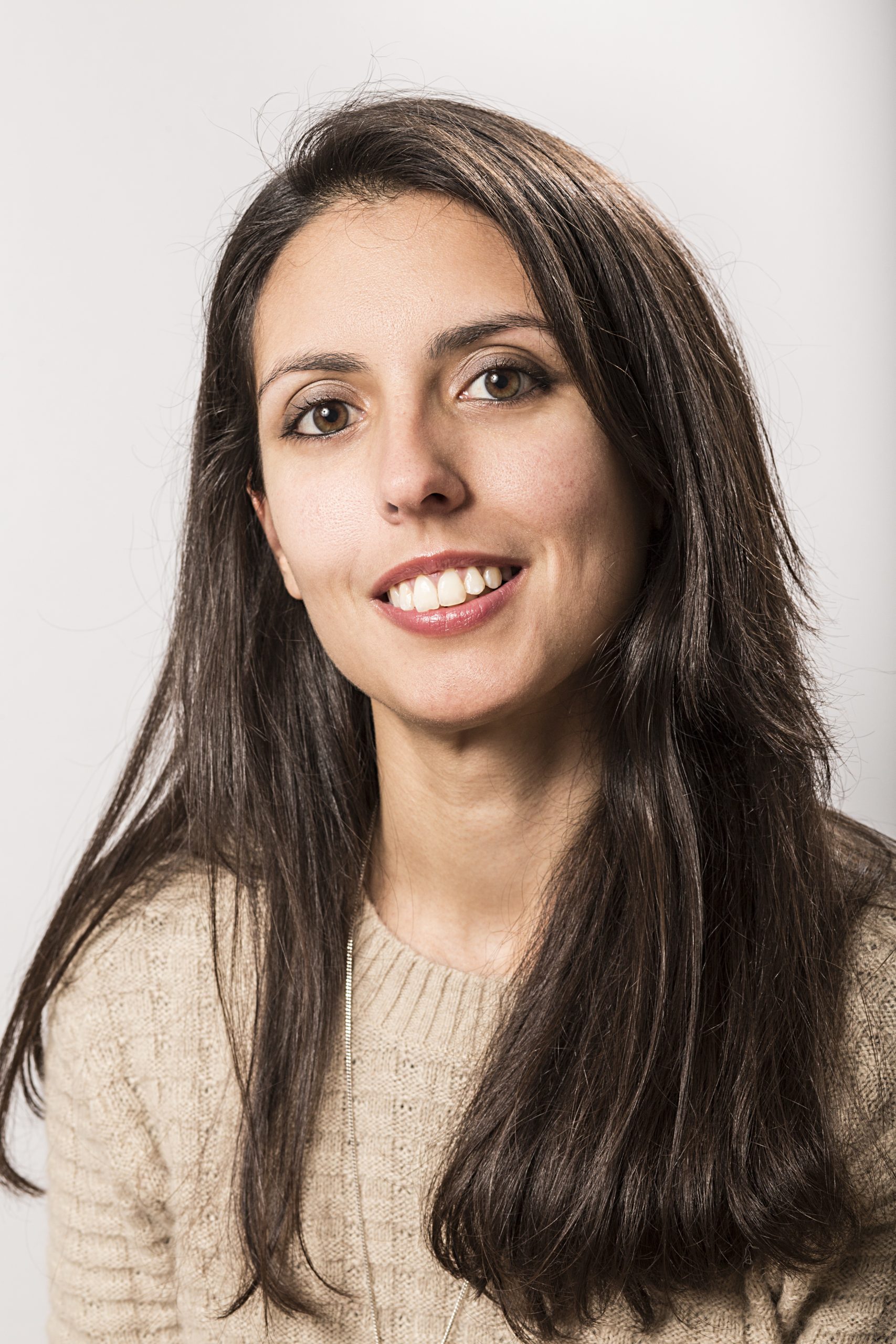Alia Khonji is a Senior Architect at Ben Adams Architects, and leads on some of the practice’s most significant projects.
Alia Khonji holds the position of Senior Architect at Ben Adams Architects, and having joined the practice in 2013, has developed particular expertise in the co-working sector where she leads on interior fit-outs.
Khonji has worked on a variety of significant projects while at BAA, from the refurbishment of the BFI London headquarters, to Albert House, BAA’s first project for sector leaders and innovators, The Office Group, and other key projects in the TOG portfolio. When it comes to design approach, Alia looks to future-proof spaces, creating engaging workspaces that promote connectivity, creativity, collaboration, and importantly, a sense of wellbeing.

What is your earliest memory of design having an impact on you?
My dad is Bahraini and I moved to Bahrain in the early ‘90s. It was already quite developed back then but I was fascinated by the old vernacular which allowed people to live comfortably in extremely hot conditions, including the house my dad grew up in. It was built from local stone with wind towers and a central courtyard. They would sleep on mats made from woven palm leaves on the roof to keep cool. The house doesn’t exist anymore but there are still a few great examples of this type of building dotted around the island.

Where did you study design and what did you specialise in?
I studied architecture at the University of Nottingham for my undergraduate degree and then took RIBA Part 2 at the University of Westminster. My unit at Westminster looked at the intersection between East and West and I was fortunate enough to visit Damascus and Aleppo before much of these cities were destroyed.

What and who are your design inspirations?
During lockdown I’ve found my immediate surroundings to be a source of inspiration. I live in a Brutalist estate from the 1960s and feel lucky to be surrounded by so much good design – every detail has been considered and I believe it has helped to foster a sense of community. In terms of other designers, I love the work of Rifat Chadirji and Pakistan’s first female architect, Yasmeen Lari, inspires me with her work in conservation and disaster relief.

How to you combine the form and function of a space, along with the needs of a client?
The starting point should be listening to the client and their needs, and then letting the site and context help shape the form to deliver the function.
You’re currently at Ben Adams Architects – tell us about the projects you have worked on at the practice?
I’ve worked a lot on existing buildings and interiors projects during my time at Ben Adams Architects. I started off with a refurbishment of the BFI headquarters on Tottenham Court Road, which was an enjoyable first project to manage. I’ve since worked on an office refurbishment of a former industrial building in Farringdon and several projects for The Office Group, developing co-working spaces in prime London locations including Shoreditch, The City, and Covent Garden.

What’s been your highlight to date?
Working on Albert House was exciting as it was our first collaboration with TOG and very fast paced, so we needed to think on our feet to come up with interesting, robust, and future-proof ideas for a unique co-working space. Basing the interior on a 1920s speakeasy helped generate the design and it was rewarding to see the final outcome, and people within engaging, and enjoying the space.

What do you think should be key focuses for designers moving forward?
It has to be tackling the climate emergency. As construction is one of the biggest contributors to carbon emissions, it’s down to both designers and clients to prioritise low-carbon buildings as a matter of urgency. For example, BAA has been adapting and retrofitting existing buildings for ten years, a more carbon efficient alternative to demolition and new construction, which both come with a large carbon footprint. We push regenerative design principles, and low embodied carbon materials where we can. Within the practice, we also have an internal sustainability group to share knowledge and research among teams, and this ultimately allows us to have a sustainable approach to projects.
Alongside this, greener placemaking will come to the forefront as a response to both climate change and the pandemic, and as a necessary means for improving the wellbeing of city dwellers.

All images courtesy of www.benadamsarchitects.co.uk




